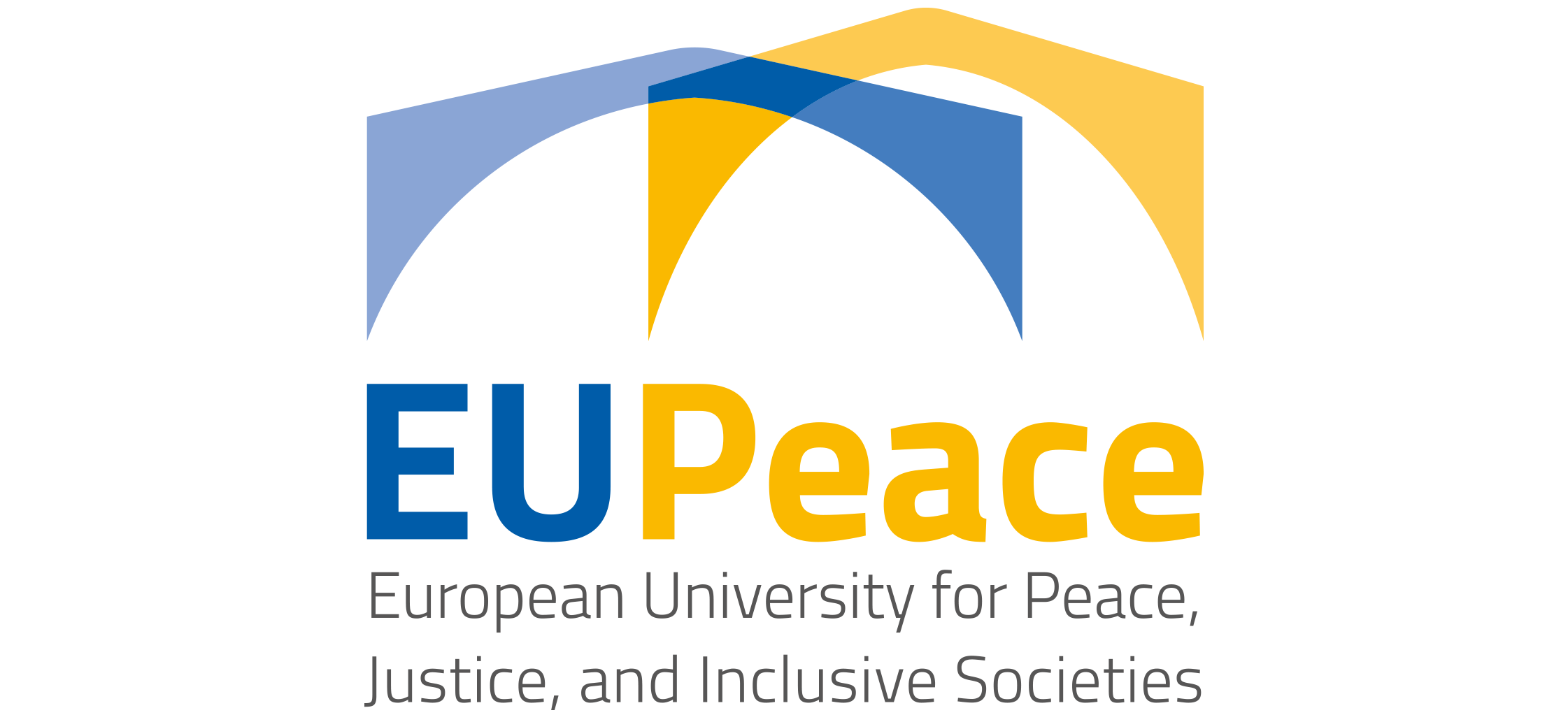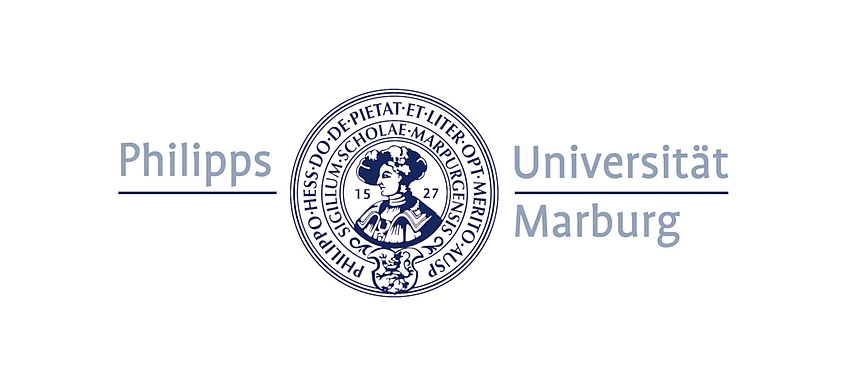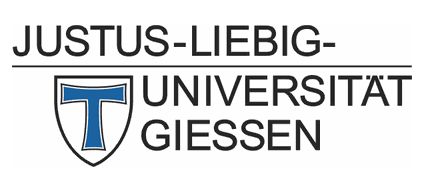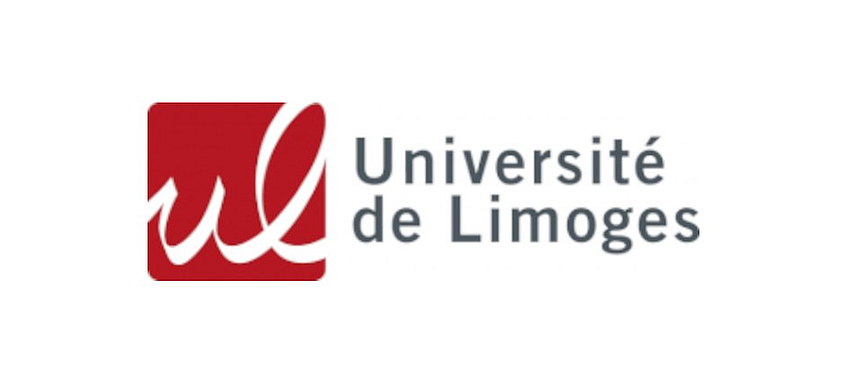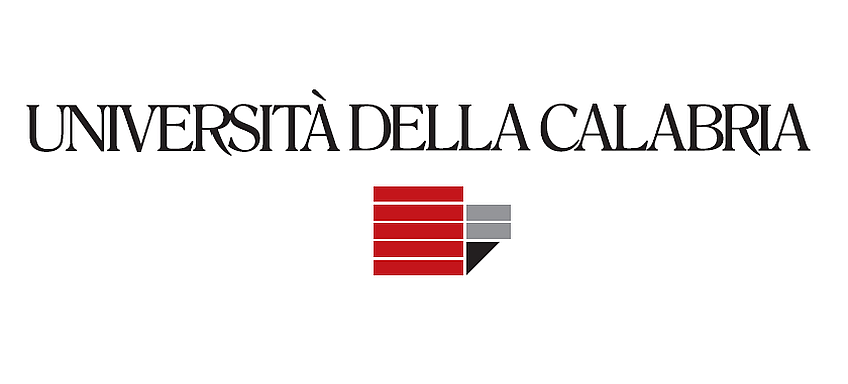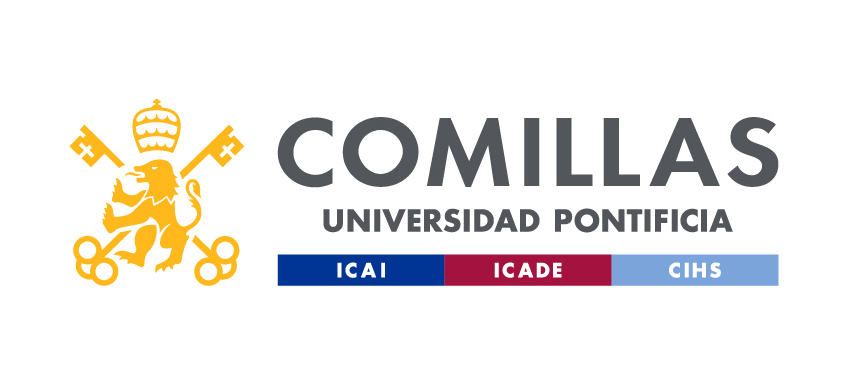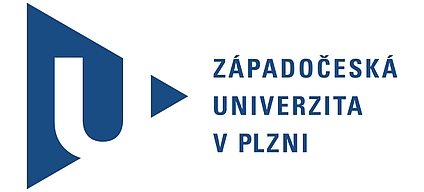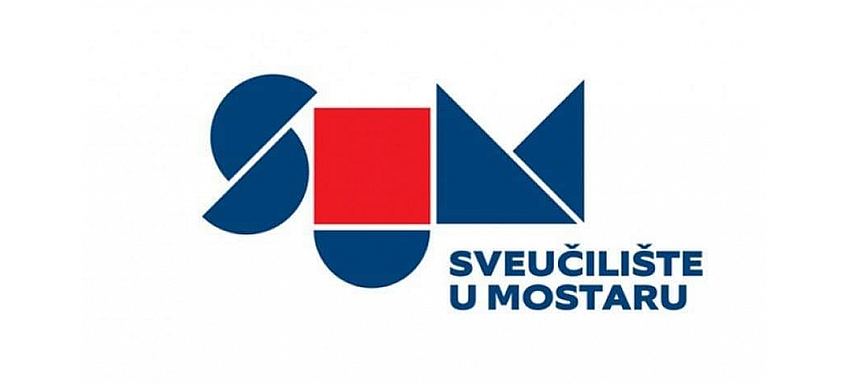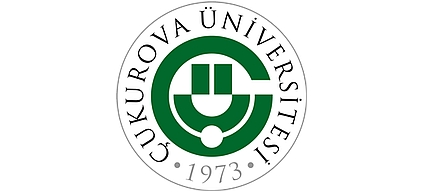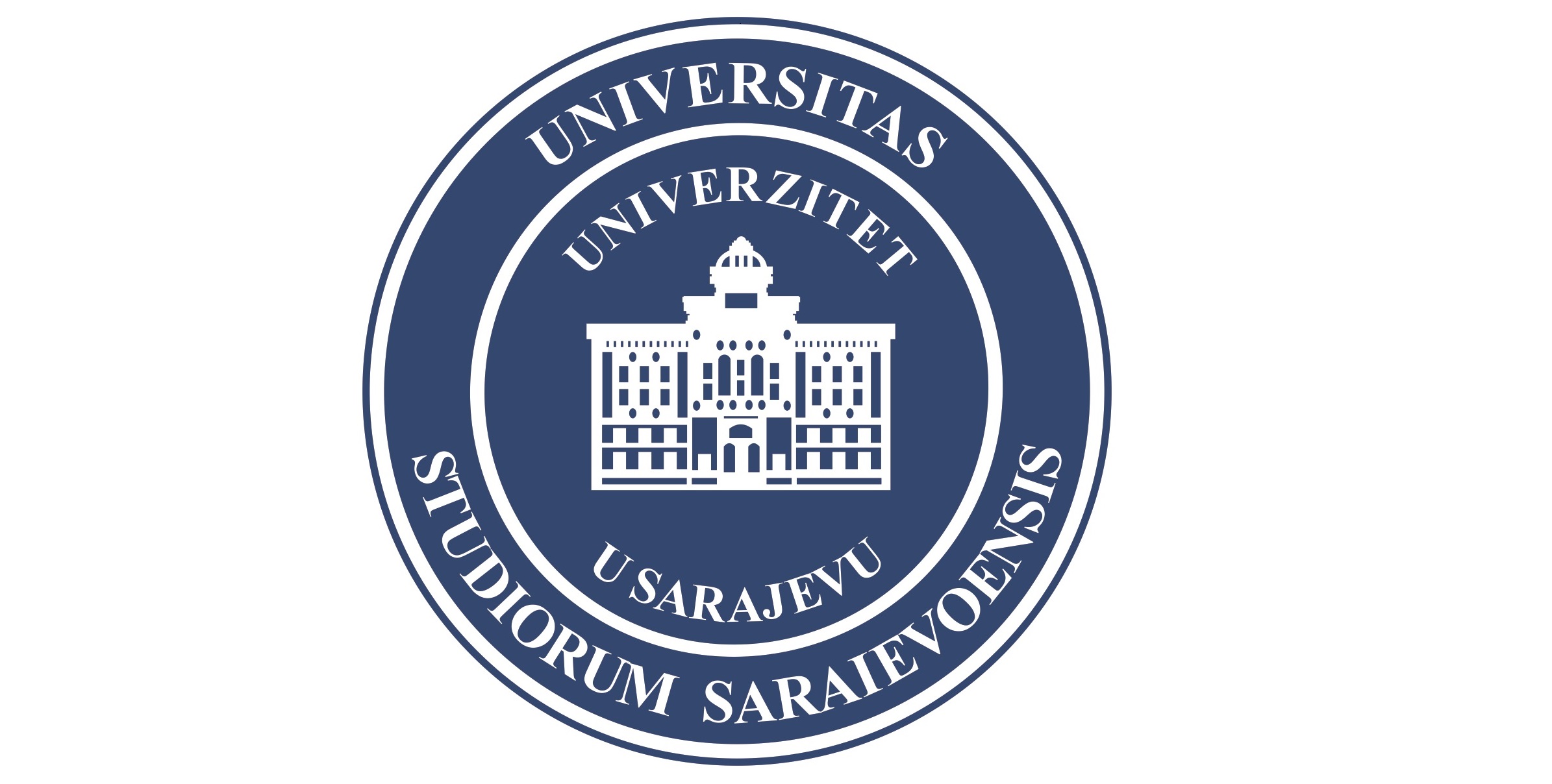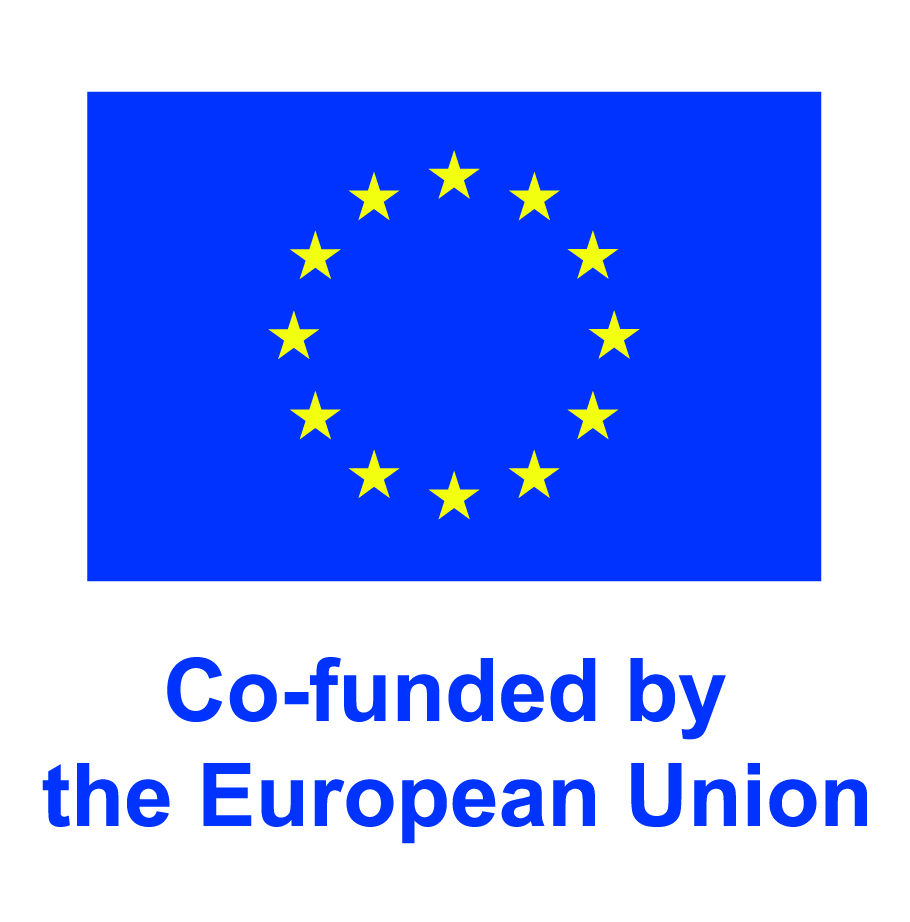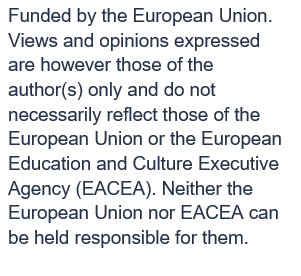Main Content
Establishing Synergies between Funding Opportunities
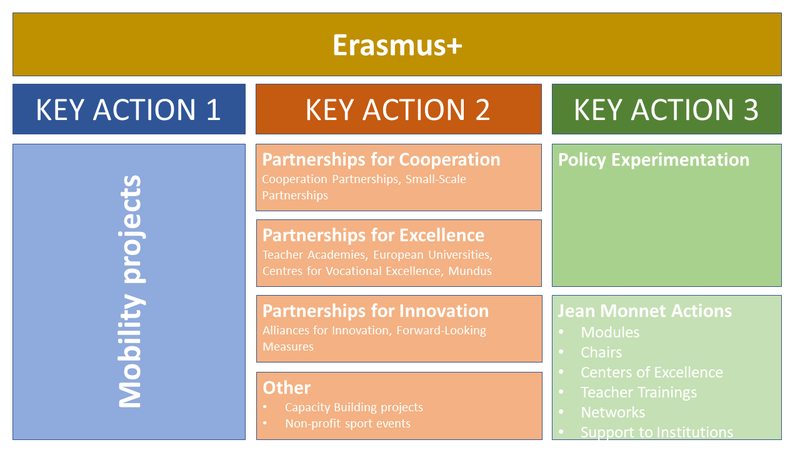
The Erasmus+ programme is an initiative by the European Union aimed at enhancing education, training, youth, and sport across Europe and beyond. For the EUPeace alliance, it provides opportunities for students, staff, and institutions to engage in individual mobility and institutional collaboration. Erasmus+ features various key actions that each address different aspects of international education.
Key Action 1 (KA1) – Learning Mobility for Individuals
KA1 focuses on the support of individual mobilities for learning purposes.
Student Mobility: Opportunities for higher education students to study or train abroad.
Staff Mobility: Opportunities for educators and staff to teach or train abroad.
Short-term Mobility: Includes blended mobility and short-term study opportunities.
For more information on Erasmus+ see the Erasmus+ Programme Guide or visit Home - Erasmus+ (europa.eu).
Key Action 2 (KA2) – Cooperation for Innovation and the Exchange of Good Practices
KA2 promotes cooperation among organisations and institutions to foster innovation and share best practices.
Partnerships for Cooperation: Collaborative projects between educational institutions, businesses, and other organisations.
Partnerships for Excellence include: Centres of Vocational Excellence, Erasmus+ Teacher Academies, Erasmus Mundus Actions (Erasmus Mundus Joint Masters, Erasmus Mundus Design Measures) —these actions are managed by the European Education and Culture Executive Agency (EACEA).
Partnerships for Innovation include: Alliances for innovation that seek to achieve systematic impact at the European level by deploying the project outcomes on a European scale.
According to the European Commission, the Capacity Building in Higher Education (CBHE) action supports international cooperation projects based on multilateral partnerships between organisations active in the field of higher education. The activities and outcomes of CBHE projects must be geared to benefit the eligible third countries not associated to the Programme, their higher education institutions and systems.
For more information on Erasmus+ see the Erasmus+ Programme Guide or visit Home - Erasmus+ (europa.eu).
Key Action 3 (KA3) – Support for Policy Reform
KA3 supports the modernisation of education and training systems and fosters policy dialogue. It thus focuses on policy reform on a systematic level and the promotion of cooperation between education, training, and youth sectors.
For more information on Erasmus+ see the Erasmus+ Programme Guide or visit Home - Erasmus+ (europa.eu).
Jean Monnet Actions
Promotes excellence in teaching and research in the field of European Union related areas.
Jean Monnet Modules: Short courses on EU-related topics.
Jean Monnet Chairs: Teaching positions focused on EU studies.
Jean Monnet Networks: Collaborative networks of institutions and organisations working on EU-related themes.
For more information on Erasmus+ see the Erasmus+ Programme Guide or visit Home - Erasmus+ (europa.eu).
Utilising Synergies
The EUPeace alliance is primarily supported by Erasmus+ Key Action 2 funding with which the European Commission seeks to strengthen the cooperation among organisations and institutions. As the alliance partners strategically cooperate within and beyond the goals outlined in the project application, various funding means can be utilised to implement cooperative and individual actions and consequentially increase the impact of both.
To effectively embed Erasmus+ projects, EUPeace partners may seek to align them with their overall institutional goals and vision. A comprehensive approach can be considered in the complementary nature of KA1 and KA2, leveraging their synergies to create a more impactful strategy on both the institutional and alliance level.
Examples of strategic combination of Erasmus+ funding opportunities
Funding staff mobilities by means of Key Action 1 projects in the EUPeace alliance
By means of Erasmus+ KA131/171 funding, staff mobility for training purposes (STT) for staff employed at an EUPeace alliance member institution can be funded in the form of training events abroad (excluding conferences), job shadowing, job shadowing and/or training at a partner institution. The mobility period can last between 5 days and 2 months and can also be carried out as a blended mobility. This activity also supports the mobility of staff from higher education institutions in partner countries who wish to complete their mobility at a non-academic institution in a programmme country.
NOTE: As conference participations cannot be funded by means of KA131/171, the EUPeace mobility team recommends the focus of possible mobility to be set on a training activity.
Erasmus+ KA2 Cooperation Partnerships
Erasmus Cooperation Partnerships foster collaboration among various educational organisations, enhancing the quality and relevance of education and training. To utilise synergies with University Alliances the two can be combined.
For example, if some but not all alliance members seek to focus on a particular aspect that they wish to work on in the scope of a Cooperation Partnership, a consortium can be established with non-alliance partners that share a similar interest and particular competence in the work area.
Example I: a project focused on the sustainability of individual student mobilities. In order to promote a concept to increase sustainable travel arrangements in the EUPeace alliance, some members could join forces with organisations like the Erasmus Student Network (ESN) or the European Student Union (ESU), who also support sustainability aspects in individual student mobilities.
Example II: a project focused on automatic recognition of ECTS credits students earn abroad. In order to work on the digitalisation aspect of credit recognition, alliance members could join forces with partners from universities, foundations, or associations that have previously been involved in the development of the Erasmus Without Paper architecture.
Combining KA2 and KA1 activities
Beyond the goals set in the initial EUPeace application, Erasmus+ KA2 and KA1 projects can be combined to increase the impact of both.
While KA1 activities focus on individual mobility, offering a unique perspective, KA2 actions focus on institutional cooperation, thus providing a broader context for individual mobilities. By combining KA1 and KA2, a more holistic approach can be added to both the internationalisation strategies and individual experience of EUPeace alliance members.
Beyond the focus, synergies can be identified in the objectives of activities in KA1 and KA2. For example, KA1 sponsored individual mobilities provide an opportunity for an individual intercultural experience. In KA2 projects, partners can work on concepts for an institutional framework for that individual experience. Partners could join efforts, for example, and collaborate to develop intercultural preparation and debriefing modules as well as a train-the-trainer course to improve the quality of individual mobility experiences among outgoing students.
Consolidation of KA2/3 projects by means of KA1
In KA2/3 projects, sustainability of the project work is a key element. By utilising KA1 opportunities, such as staff and student mobility during and after a KA2/3 project, EUPeace partners can maximise their educational and social impact, creating a more cohesive approach.
Erasmus+ and Horizon Europe
What is the difference between the EU’s Erasmus+ and Horizon Europe programmes?
Erasmus+ and Horizon Europe are both European Union programmes, but they serve different purposes and target different areas of focus. The Erasmus+ Programme is aimed primarily at education, training, youth, and sport. It facilitates student and staff mobility, fosters partnerships between educational institutions, and supports projects that enhance learning and inclusion. Horizon Europe, on the other hand, focuses on research and innovation. It aims to strengthen the EU's scientific and technological base, foster innovation, and address global challenges through collaborative research projects. In short, while Erasmus+ focuses on education and training, Horizon Europe promotes research and innovation.
